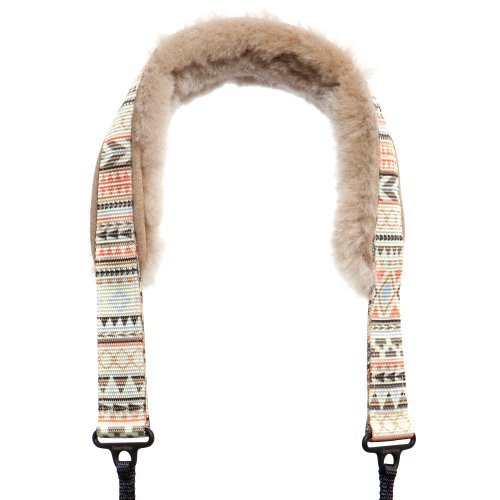Yes, you could use slower and clumsy DSLR/A7 bodies to shoot many different kinds of photography, you can even use film camera's if you really wanted to, it comes down to what the individual wants really, this can be a combination of needs and wants.
The first and second generation A7 bodies were not quite good enough when comparing them to the tried and trusted DSLR, the Fuji XT-2 is a far quicker/easier body when compared to the A7's but lacks the FF advantages... one of the reasons I went back to Sony.
Do I need to invest £5-10k, does anybody really need to invest anything when a iPhone/Compact can take great photos? Again it comes down to individuals really, I have already done this once before with the Sony A7RII's, I regret moving away from Sony to Fuji, should have kept the lenses and waited for the Sony A9.
The Sony A9 for me is the turning point for Sony, the lightening quick AF, 20fps, silent shooting, Eye-AF...... for me these features make the art of taking a photo easier and quicker especially with Eye-AF (AF-C)...... when doing paid work its vital for me to nail every shot with less headache.
The Sony A7 paired with the 35mm f2.8 and 55mm f1.8 is a great setup, and small compared to DSLR equivalents, hopefully you'll be ok with the slow AF. IQ is excellent.

However I would never use it for paid work, but that's just mean, doesn't mean the body is inadequate at all. I wouldn't even consider the A7II for paid work although I have seen some photographers use these without issues.
I think it'll be great to see Nikon enter the FF mirrorless market..... can't wait




